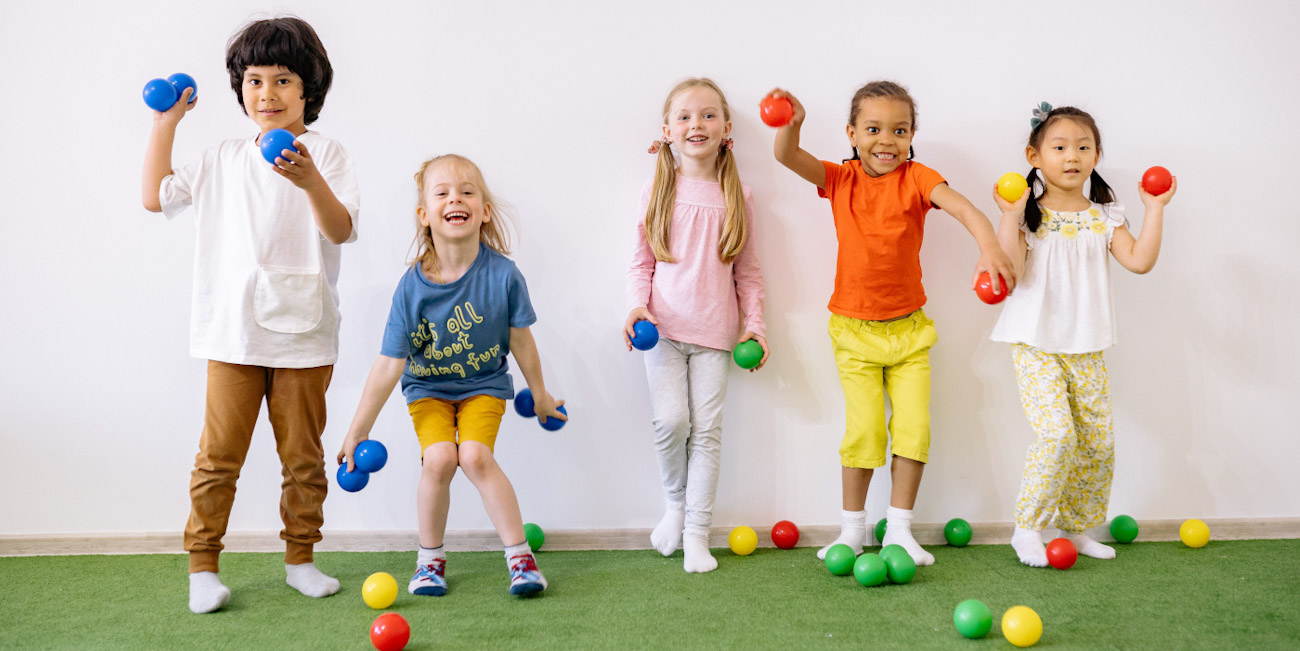
Children show an interest in gender when they:
- talk about being a boy or girl
- involve gender roles in their play
- express beliefs or ask questions about being a certain gender
- place limitations on gender (e.g. "Boys can't do that" and "only girls can play this game.")
- need support because they don't conform to society's traditional gender expectations.
Early childhood educators can respond by talking with children about their understanding of gender, correcting misconceptions, and planning learning experiences that promote gender diversity.
EYLF learning outcomes
A child's interest in gender aligns with the Early Years Learning Framework. Children have an emerging understanding of gender as a part of their identity (1.3) and something that connects them to groups (e.g. male, female and non-binary) (2.1). When children show respect for diversity (2.2) and challenge harmful gender stereotypes, they become aware of fairness (2.3).
Learning environments
Rearrange your play areas
Sometimes, play areas can be especially attractive to children of a particular gender and other children may feel they can't play there. Evaluate your learning environments. Are they gender neutral? Do they encourage all children to play regardless of gender?
Feature people in non-traditional gender roles
Intentionally promote images, toys and stories about people in non-traditional gender roles. Women can be surgeons and men can be nurses!
Family and community connections
Childcare centres ideally employ both women and men. However, this might not be possible at your service. To counteract the disproportionate number of women working with young children, invite men to participate as volunteers and hold special events for male family members.
Interactions
Educators can interact with children in ways that don't perpetuate stereotypes. Read Things to say to a young girl instead of ‘I love your dress’ on The Spoke.
Educators should politely but firmly speak up when children make biased statements relating to gender. They should also teach children to recognise gender discrimination and speak up when they observe it themselves.
Events
- 8th March is International Women's Day
- 11th October is International Day of the Girl Child
- 15th October is International Day of Rural Women
Discussions
- What is gender?
- How do you know if someone is a boy or a girl?
- Can you be friends with someone even if they are a different gender than you?
- Can boys like pink and girls like blue? Do all girls have long hair and all boys have short hair?
- Do you think boys and girls can do the same things, play with the same toys and have the same interests?
- Can a person feel like they are both a boy and a girl, or neither a boy nor a girl?
Resources
Picture books
- Some Boys by Nelly Thomas and Sarah Dunk
- My Shadow is Pink by Scott Stuart
Music
Teeny Tiny Stevies: Boy or girl colour
